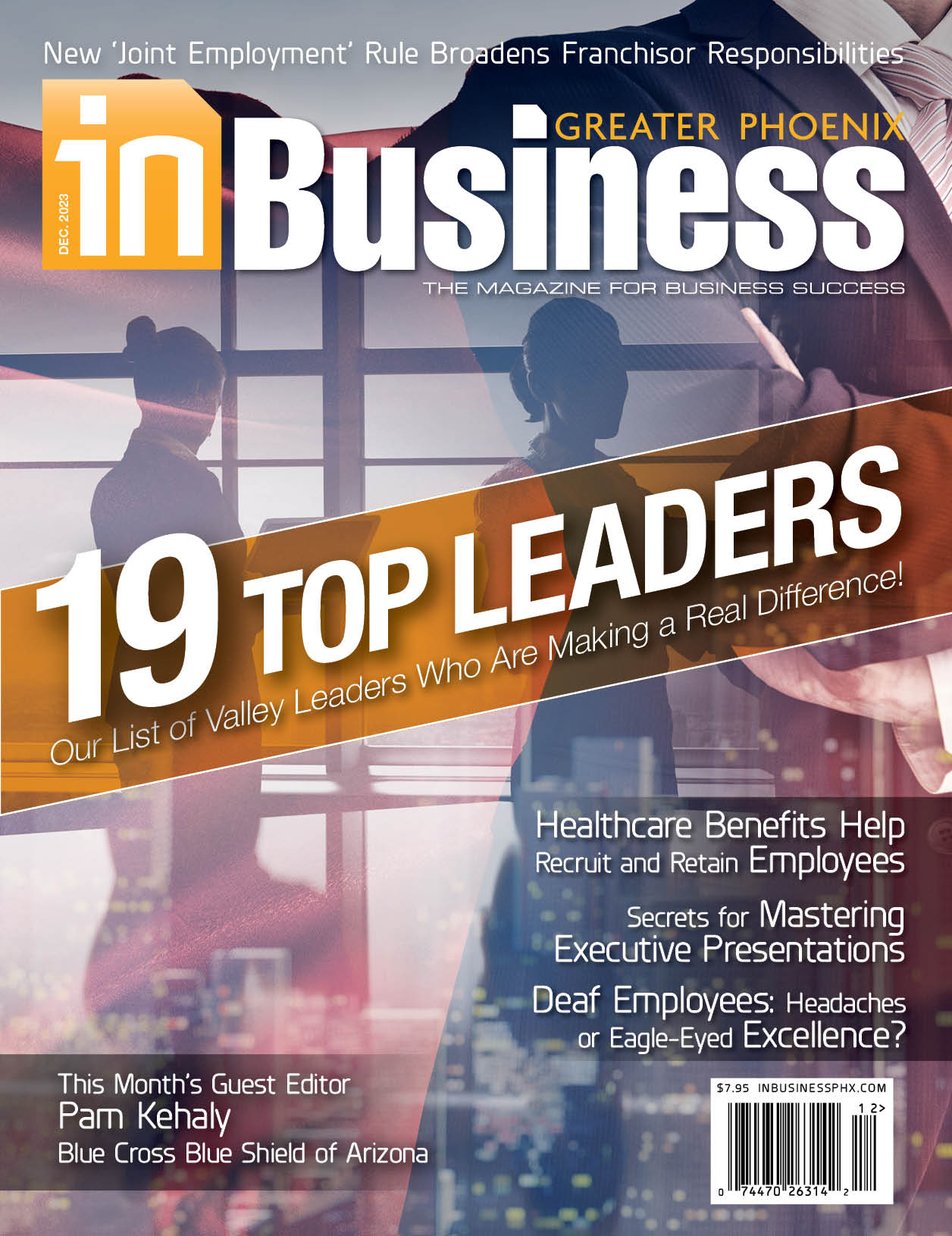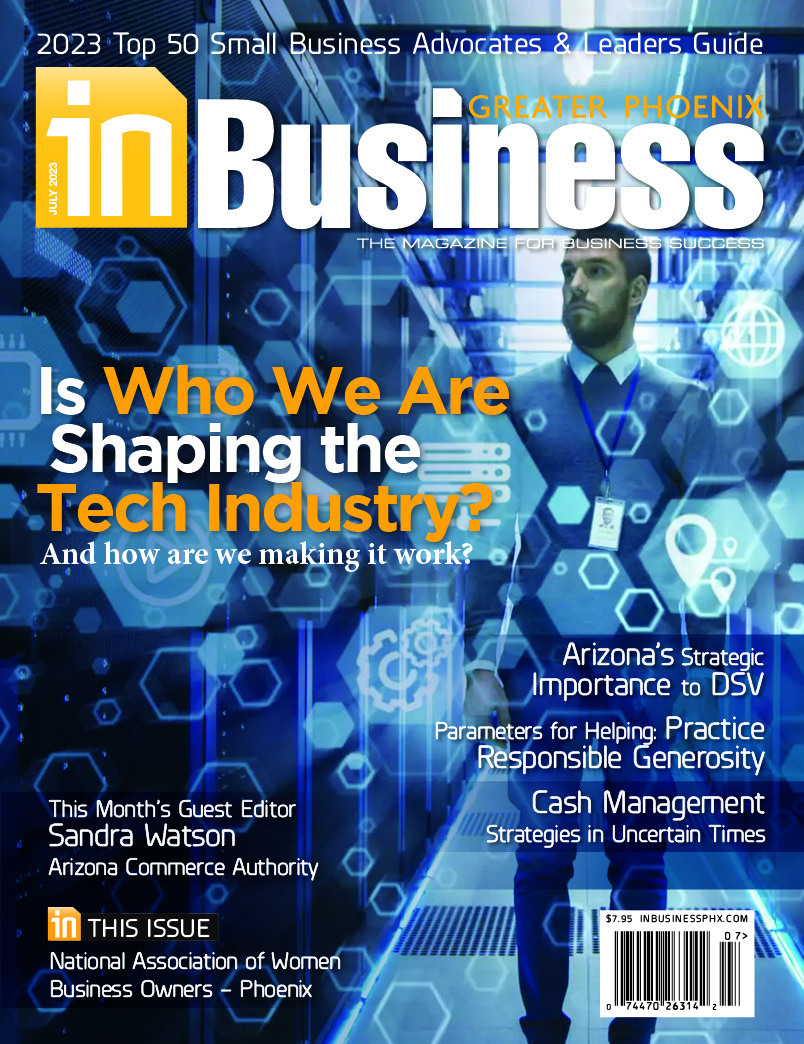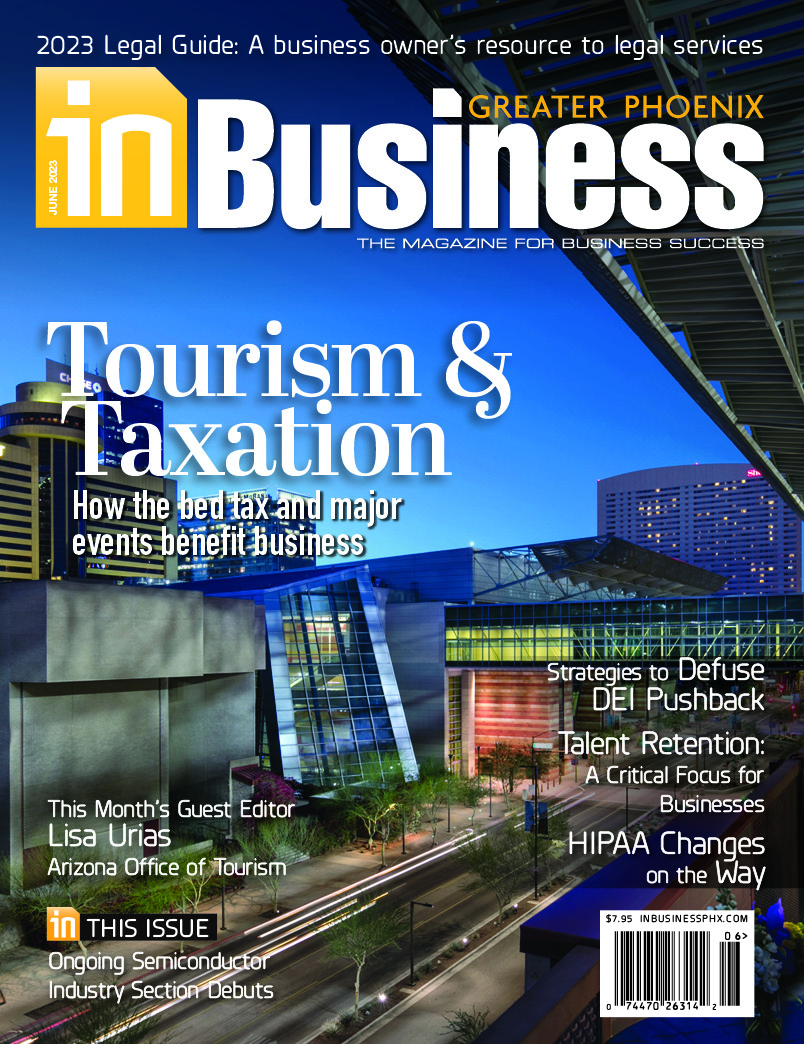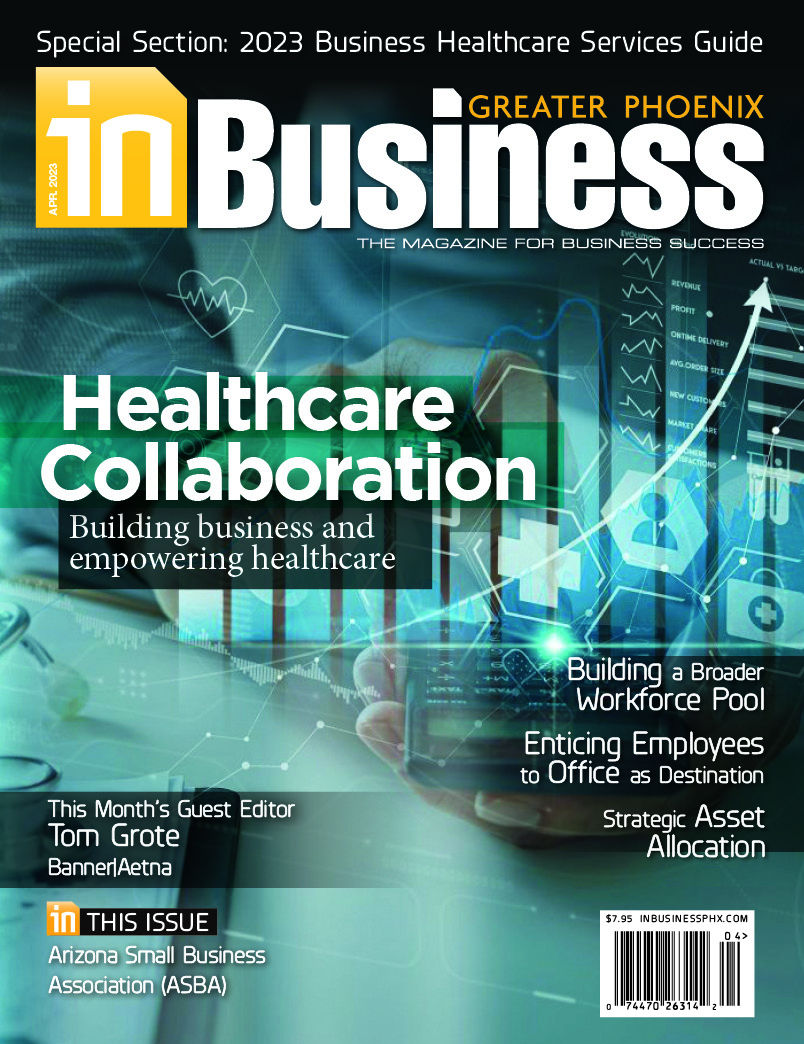
Small and mid-sized U.S. business leaders remain confident in their companies and resourceful in their approaches to confronting macroeconomic challenges that have created growing pains over the last year, according to findings reported in the recently released JPMorgan Chase’s 2022 Business Leaders Outlook Survey.
As a new year begins, the majority of business leaders are feeling upbeat: Eighty-three percent of mid-sized and 71% of small businesses are optimistic about their own performance in 2022, up from 77% and 63% one year ago, respectively. Business leaders also have increased optimism around their industry performance and local, national and global economic outlooks compared to the start of 2021. Despite continued uncertainty posed by COVID-19, businesses are setting their expectations high, with 81% of mid-sized businesses and 63% of small businesses anticipating revenue and sales growth in the year ahead. In line with these expansion plans, more than four in 10 of those surveyed expect credit needs to increase in 2022, representing the highest percentages recorded in the last five years.
In response to today’s challenges, small and mid-sized businesses have made changes to their business models. The top three challenges cited by small and mid-sized business leaders are:
- Supply chain workarounds: To alleviate supply chain disruptions, nearly two-thirds (65%) of mid-sized businesses have used strategic stockpiling and more than half (51%) have added suppliers from new geographies. A significant number have also allocated more funds to cover increased costs related to moving products (48%), changed materials or manufacturing processes (32%) and replaced or stopped doing business with certain suppliers (30%).
- Employee incentives: In response to recruiting and hiring concerns, a staggering 81% of mid-sized businesses and 38% of small businesses have or plan to increase wages. Flexibility is also a key consideration for many business leaders, with 45% of mid-sized businesses having or planning to give employees flexibility on where they work and 40% of small businesses already offering or planning to offer employees more flexible hours. To retain staff, small businesses have boosted their employee benefits, such as health insurance (61%) and 401K programs (37%).
- New consumer channels: While small businesses are concerned about how shifting consumer preferences due to COVID-19 will impact them, they are increasingly taking action to reach consumers via digital channels. Nearly one-quarter (24%) of small businesses have implemented more contactless payment options and 22% have increased selling on social media platforms. In the year ahead, 19% expect to move to a nearly 100% e-commerce model, up from 12% one year ago.
New Year, New Considerations
Businesses should consider the following as they plan for 2022:
- Embrace Uncertainty: Resilience has been essential to businesses’ survival and success throughout the COVID-19 pandemic, as demonstrated by the survey, making it all the more important for them to examine how they’re deploying their cybersecurity defenses, becoming more agile and digital-savvy, and attracting, retaining and supporting their employees for years to come. Learn more here.
- Remain Patient: As painful as supply chain bottlenecks and rising costs currently are, the flow of goods could return to more normal levels in the coming months as manufacturers ramp up production and demand for goods eases, in turn helping reduce inflationary pressures. Until then, businesses that utilize strategic stockpiling and look to add suppliers from new geographies may be ahead of the curve. Learn more here.
- Consider ESG: Even for small and mid-sized businesses, examining which environmental, social and governance (ESG) factors are core to their mission and considering reporting on their ESG efforts can help build a well-defined company culture and improve employee retention, particularly in a competitive hiring environment. Learn more about building an ESG framework here.
Navigating Economic & Operational Challenges
| Business Leaders’ Top Challenges | |
| Small Businesses | Mid-sized Businesses |
| Economic uncertainty | Labor shortage |
| Inflation | Ongoing supply chain issues |
| Shifting consumer habits due to COVID-19 | Higher cost of doing business |
Top-Line Findings from Small Businesses in the West (Arizona and California):
- Small businesses in the West optimistic about their own performance in the year ahead: 78%
- Small businesses in the West that anticipate revenue and sales growth in the year ahead: 73%; and 59% expect their credit needs to increase in 2022
- In response to recruiting and hiring concerns, 52% of small business owners in the West have or plan to increase wages and 44% have or plan to give employees flexibility on where they work
- Small businesses in the West that have boosted their employee benefits, such as health insurance and 401K program, to retain staff: 44%
- Business owners in the West interested in coaching and training programs to help them run their business: 78% (which is more than the national average: 65%)
Financial Needs of Small Businesses
In the year ahead, small business leaders are increasingly seeking new ways of financing and funding.
- Planning or needing financing in 2022: 69%, up from 59% a year ago (with software systems and development being the greatest need, at 23%). To help fund their purchases, nearly half of small businesses
- Planning to use business credit cards to help fund their purchases: 48%, up from 38% a year ago (with line of credit funding being the next most common funding method)
- Number of small businesses planning to explore online lending options: 68%, up from 56% a year ago
Growth in Mid-sized Businesses
The return to pre-pandemic productivity is on track to continue as nine out of 10 mid-sized businesses expect to grow in 2022, with the most common growth drivers including expansion into new markets or geographies, innovation or diversification in product and services and increased consumer demand.
- Operating at least at the same capacity as before the COVID-19 pandemic: 53%
- Running at greater capacity than pre-pandemic levels: 31% (which indicates that some businesses have leaned into the disruption and continued to grow)
- Businesses that have seen profits return to or exceed pre-pandemic levels: 70%
Sources:
JPMorgan Chase & Co. is a leading global financial services firm with assets of $3.8 trillion and operations worldwide. The firm is a leader in investment banking, financial services for consumers and small businesses, commercial banking, financial transaction processing, and asset management. A component of the Dow Jones Industrial Average, JPMorgan Chase & Co. serves millions of customers in the United States and many of the world’s most prominent corporate, institutional and government clients under its J.P. Morgan and Chase brands.
For more information on the Business Leaders Outlook, please view the mid-sized and small business reports.














Speak Your Mind
You must be logged in to post a comment.